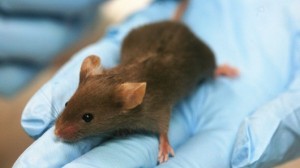Whenever I see a salamander or a lizard it makes me think how wonderful it could have been if we had the same capacity to re-grow an amputated limb or any scar so effectively and so easily. In humans, tissue repair mechanism is most vigorous during the gestation period and this decline with the advancement of age. That is why infant tissues tend to heal faster than an older individual. Interdependence between the tissue and tender age is the matter to exploration. What is that in juveniles that help in faster repair but lacks in the adults.
The researchers at the Stem Cell Program at Boston Children’s Hospital has found a hibernating gene Lin28a, effective in the growth of hair, skin, bone, cartilage and other delicate tissue, in a study done on mouse.
Ageing of cells and tissues are related to certain defects in metabolism of mitochondria. Lin28a is a gene, which modulate stem cell development timing in humans by modifying the cellular metabolism. Found abundant in stem cell, Lin28a stimulate certain enzymes in the mitochondria of the cell and thus increasing the metabolism. This mitochondrion is found in almost all kind of the cell of living beings. The increased metabolism releases energy required for the enhanced tissue growth.
The study also clarified that healing is independent of the growth of tissue, rather metabolism is the key factor in the tissue repair. The intensified metabolism rate because of Lin28a is symbolic to embryos during gestation period when the tissue rate of growth is at its peak. Similar increase in the metabolism of mitochondria can be achieved with the help of small molecule-compound thus improving healing or regenerative power of the tissue. Surprisingly reactivation of Lin28a helps young mice in the regrowth of fingertips, but does not achieved the same result with adult mice. And so the researches has still to find other unknown embryonic components essential in tissue repair which in future can help treatments to enhance tissue regrowth.
Source: Gizmag




